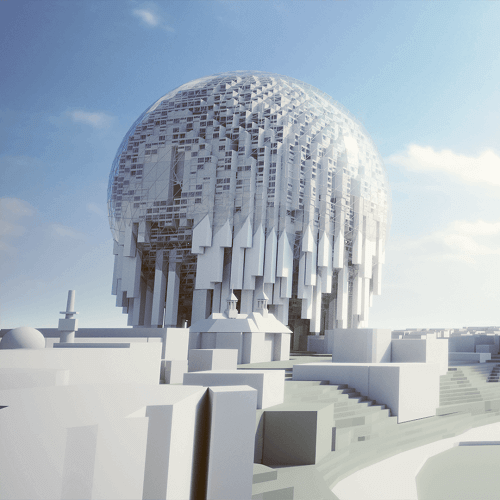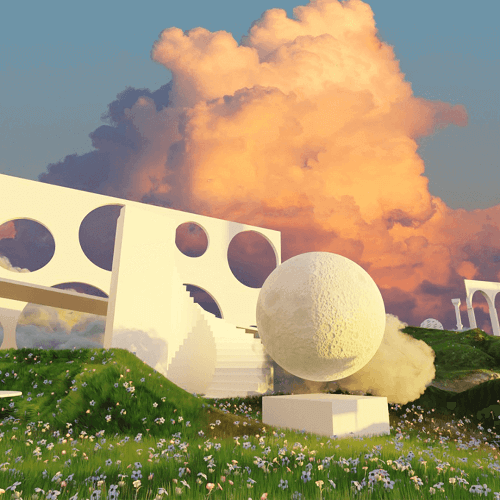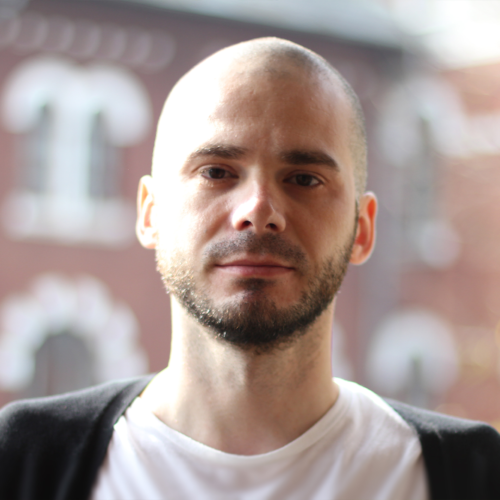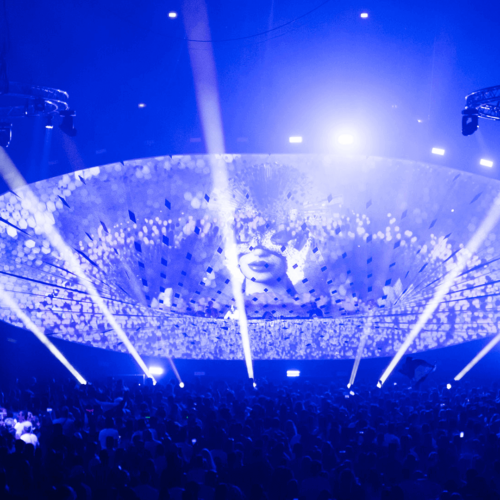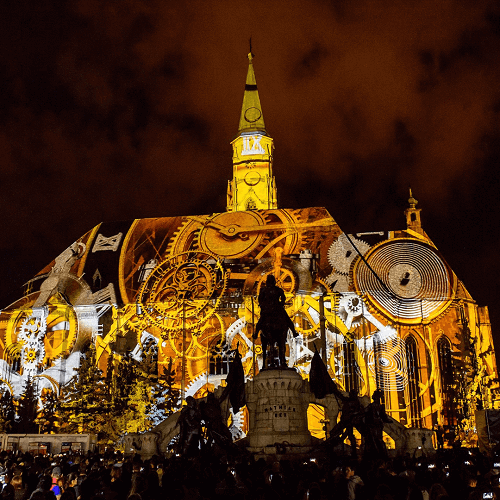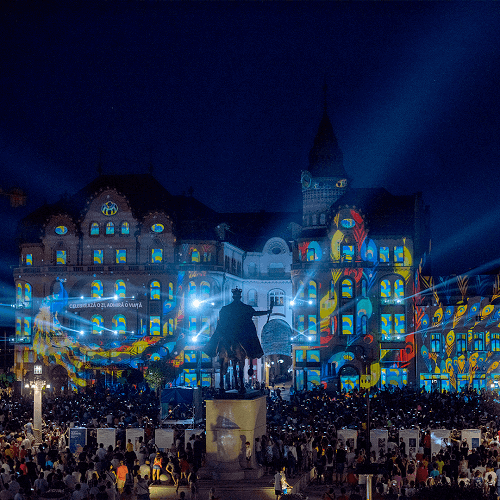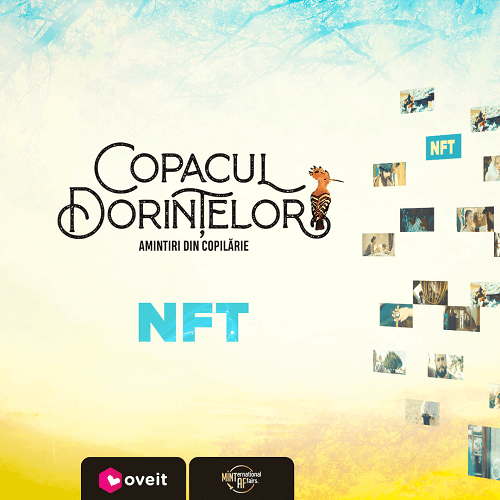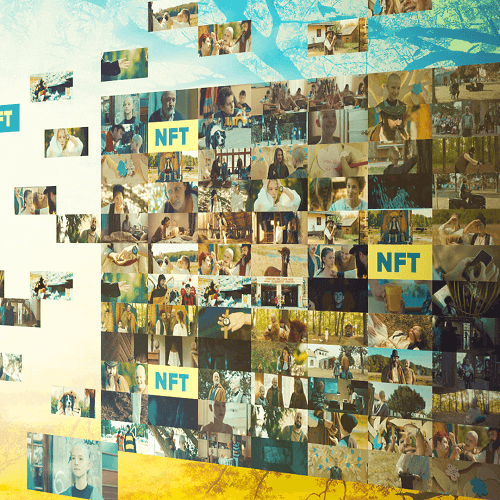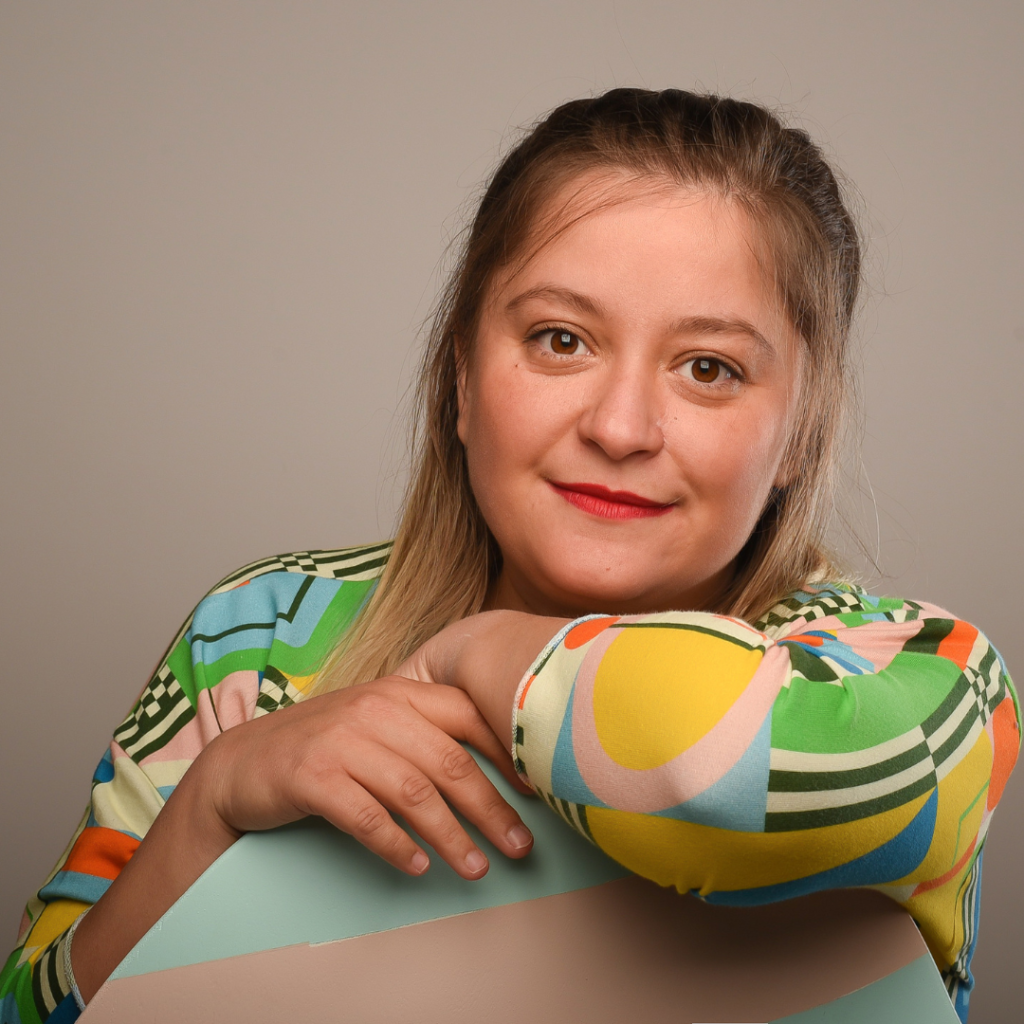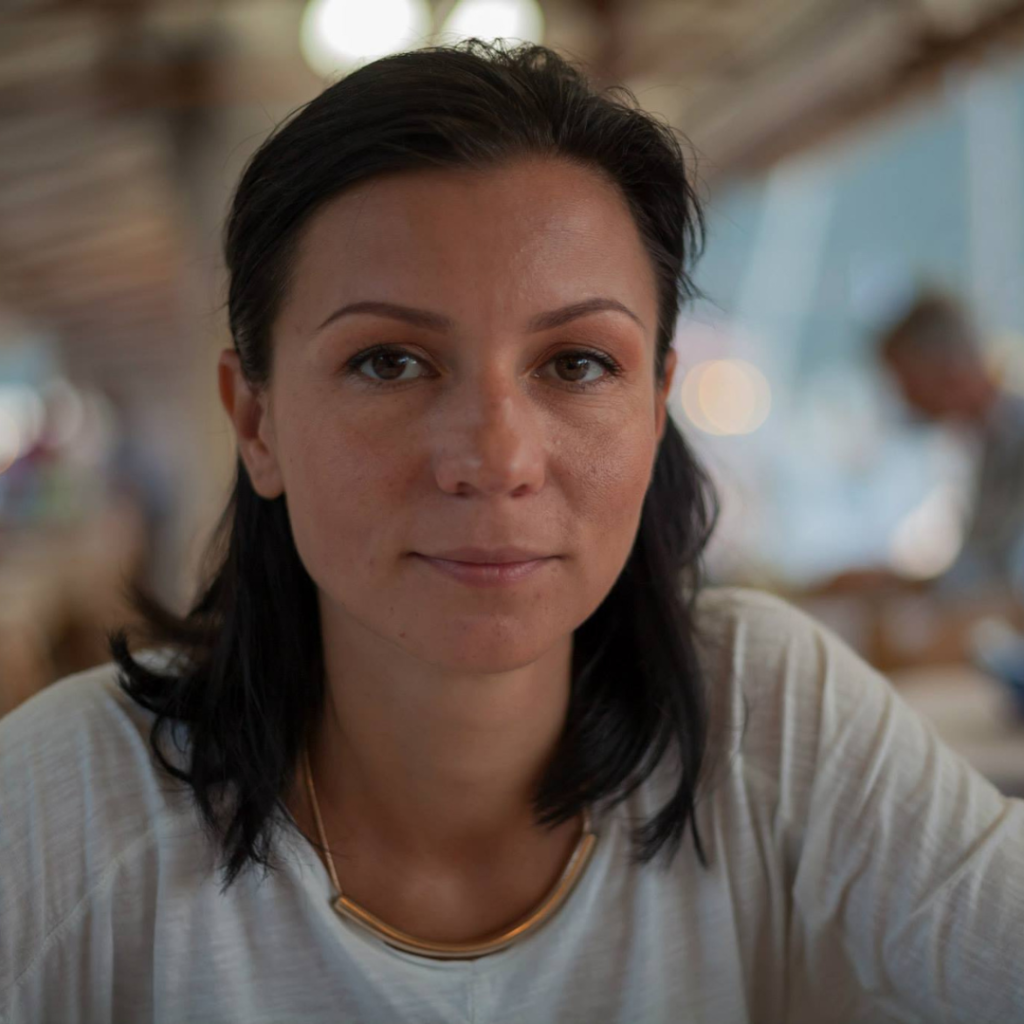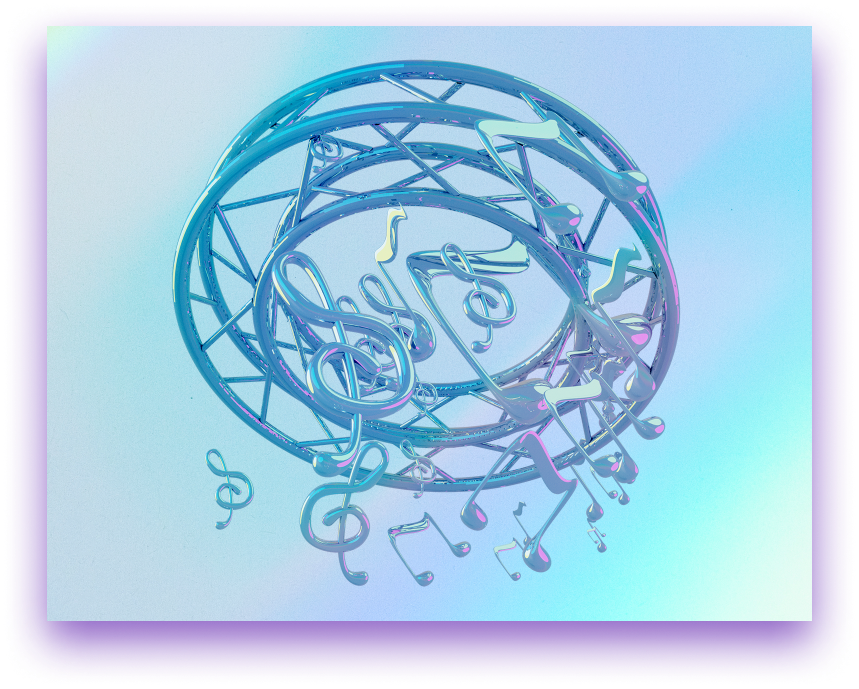ABOUT VR with Ioana Mischie
What is VR for you, Ioana Mischie?
To me, VR seemed at first a form of “expanded consciousness” as Gene Youngblood used to name expanded cinema innovations. I believe through VR we can actually re-wire our collective imagination and question it from angles that were unseen before. It is a telepathic journey facilitated mechanically at the moment, however its medium term evolution could lead to noetic epiphanies, if handled for altruistic purposes. To me VR is not the end goal of an art form, but rather a facilitator for achieving advanced multi-layered human thinking. It questions our definitions of reality and art at an unprecedented level. I tend to us it lately for its ability to allow us to imagine alternative societies and to be able to choose urgent actions with more care in our virtual and real surroundings.
VR for Good – how can it be used for social impact?
There are already emerging examples of VR projects used for therapy, education, health, mindfulness purposes, however countless examples of VR projects used for addictive purposes too: FPS, over-conflictual narratives, escapism. We need to develop immersive wisdom as artists and explorers and to promote gradually more
game-changers with a stunning influence in society on the short, medium, long term. Carne y Arena is wonderful example of transmedialized VR where you inhabit characters in the most sensorial manner. Psychic VR developed at MIT is a stunning demo of neuro-VR. Tree VR emerged as a manifesto against deforestation. VR for Good is to me, the only VR that is valid and worth-expanding. I have been archiving good practices of VR in my first book, Cinema Infinit. In there, I have prototyped a new audio-visual genre called noe-fi (noetic fiction), aiming to envisage future led by the advancement of human consciousness and not by the advancement of tech alone, as in sci-fi. I believe VR for Good is an entry point into noetic thinking.
What is the biggest challenge you’ve faced in this field?
Everything is often a challenge in immersive storytelling: from innovative concept creation, to developing VR projects in the absence of production support, to overcoming the ephemerality of technology, to creating educational infrastructure in order to match tech minds with artistic minds in an organic manner. To me, the biggest challenge is, perhaps the fact that artistic VR is not yet democratized, given the emerging technology, and very often most of our work remains unwillingly secret. Still, as one of my good friends in LA used to say, I believe we are witnessing a technological shift that only happens once in a century and therefore I consider myself lucky for having the chance to deal with these challenges and find new aesthetic and ethical grammars for the medium. The beauty and the impact of VR overcomes the difficulty of the behind-the-scenes and we are truly grateful for having the chance to co-invent this “wheel”. I believe VR can become, like folklore, specific to one’s country, yet in the same time, equally universal. So I am looking as forward to co-imagine the future of meaningful VR and I do hope it will succeed to escape the over-commercial pressures of our times and propose new grounds for human advancement.
Social: Facebook Instagram



